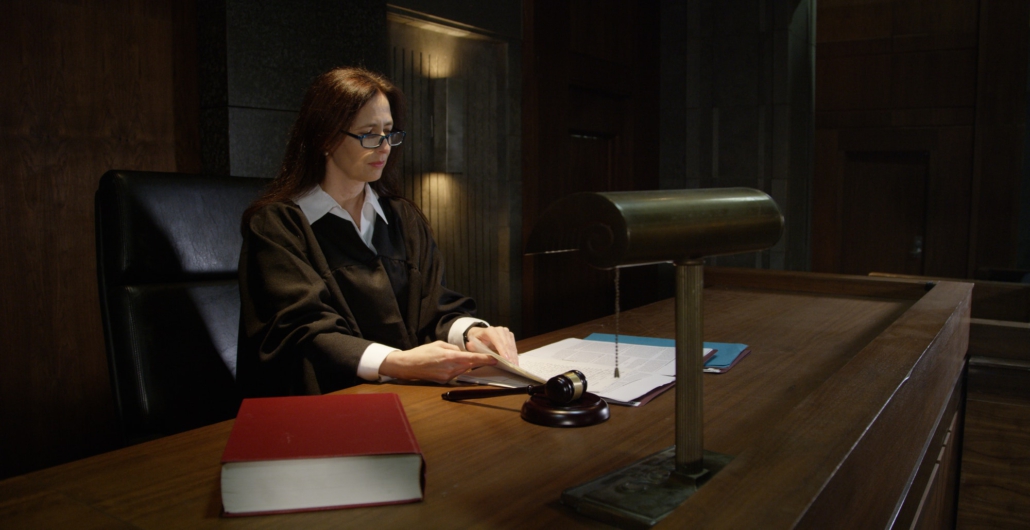LEGAL+ NEWS
Regardless of whether an ordinary letter, fax, e-mail etc. is used for the transmission of (contractual) declarations and/or documents, the respective receipt and/or content of the contractual declaration can always be disputed at the outset. Insofar as no special formal requirements – e-mail does not fulfill the written form! – the delivery of contractual declarations by e-mail is a practical means of transmission. The following should be noted:
Access by e-mail and proof thereof
A declaration by e-mail is deemed to have been received in business transactions if it reaches the recipient immediately after being sent.
The recipient must then take note of it during normal business hours, i.e. retrieve it from their mail server. If he does not do this, the mail is still deemed to have been received at the latest at the close of business. It is therefore sufficient for the recipient to retrieve it.
Briefly: When you send an e-mail, it is generally deemed to have been received on the same day, regardless of whether the recipient has read it.
However, the fact of receipt (retrievability) cannot be reliably proven solely by a “mere” receipt message of the mail protocol. The read confirmation function of the mail system, for example, can help here. If you have such a confirmation, it should be very difficult for your business partner to deny access. However:
What happens if the recipient answers NO to the mail system’s question: “Do you want to send a read confirmation”? This could lead to uncertainty. It is therefore better – if available in your mail program – to use the “Request delivery confirmation” function. In this case, the mail system will send you a confirmation itself. In my opinion, this “transmission confirmation” should generally provide successful proof in practice.
The delivery of contractual declarations by e-mail together with e-mail attachments
With regard to e-mail attachments, the above applies in principle. However, there tend to be a few uncertainties here, e.g. it could be claimed that the attachment was missing or could not be opened. It could also be claimed that the attachment was not opened “for security reasons” (risk of viruses etc.).
It is therefore advisable to include the main content of any attachments in the email itself. However, this is not absolutely necessary. In any case, you would expect the business partner to point this out if there are problems opening attachments.

Conclusion
Email is a practical way of sending (contractual) declarations and/or documents to a business partner. In sensitive cases, where access is particularly important and time-critical, the following tried and tested method of transmission should be used:
The declaration to be transmitted should be sent by post using the additional postal service “registered mail”. The postal official is then a witness that the letter has arrived in the letterbox, which is sufficient for effective receipt. In addition, the exact time of receipt can also be proven. In addition, the letter should have been posted in the presence of a witness. This also makes it possible to prove the contents of the envelope.

LATEST ARTICLES

“Handelsblatt” report from March 15/16/17, 2019 confirms the questionable nature of the action taken by the Association of Social Competition (VSW) against influencers
LEGAL+ NEWS “Handelsblatt” report from March 15/16/17, 2019 confirms the

Conditions of carriage for letters: Liability of Swiss Post for the loss of a registered letter
The question of liability for registered mail sent by Deutsche Post is becoming increasingly important, as in the real world of amazon, ebay & Co. goods are increasingly being sent as e.g. registered maxi letters. This is when the question of whether and, if so, to what extent liability on the part of the postal service can be considered comes into play. This is the subject of the following article.

Guide: Judge biased? The application for bias according to § 42 ZPO
Anyone who has ever been forced to seek legal assistance to enforce or defend against claims knows that being right and getting right are different things. It is not uncommon, and this experience is (unfortunately) also familiar to many of those affected, for the court proceedings to be accompanied by the impression that the judge responsible for the decision was not neutral and therefore possibly biased. If this partiality is to one’s own detriment, the question arises as to whether there are options for action in such cases. The following remarks deal with this question.
CONTACT

+49 (40) 57199 74 80
+49 (170) 1203 74 0
Neuer Wall 61 D-20354 Hamburg
kontakt@legal-plus.eu
Benefit from my active network!
I look forward to our networking.
This post is also available in: DE

